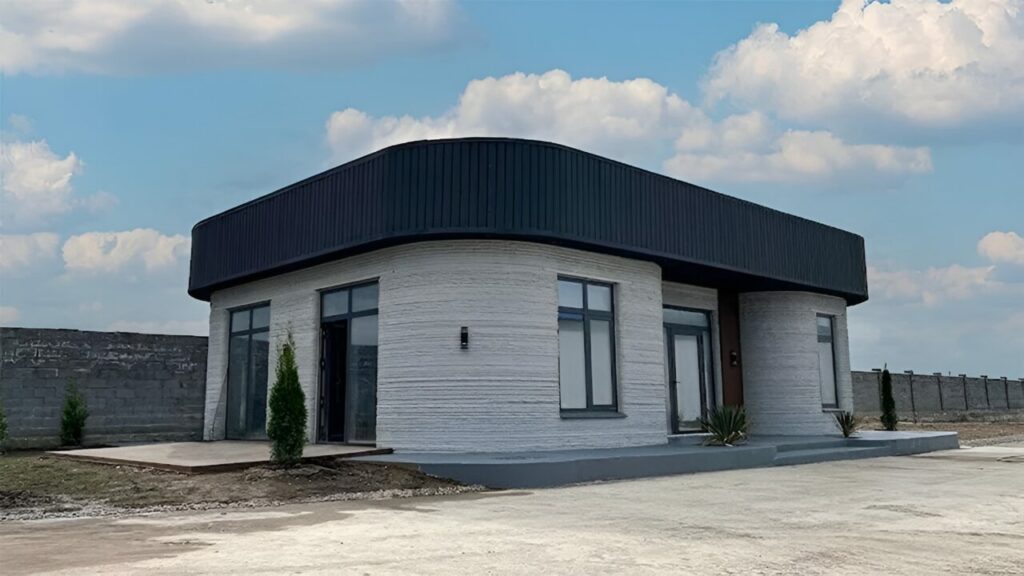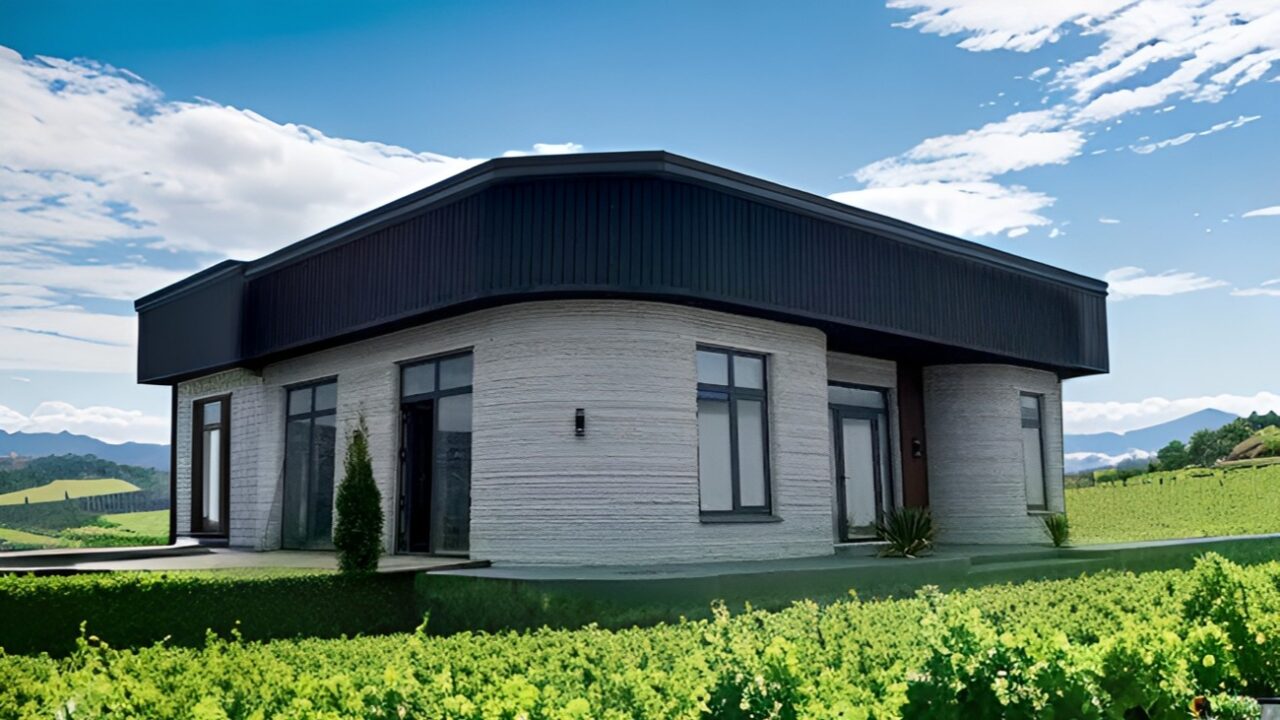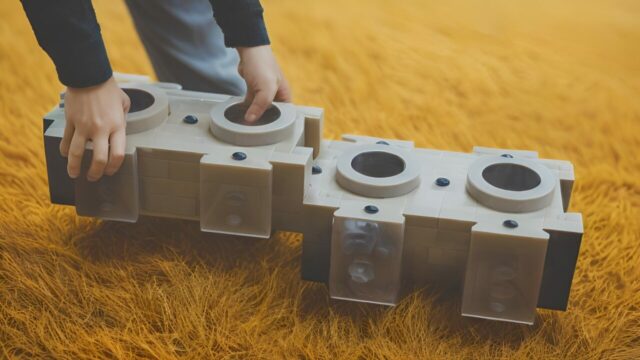Both fast, cheap, and earthquake-resistant. The first 3D-printed affordable house construction in Central Asia was completed in Almaty, Kazakhstan. The construction of this house took only five days. Not only was it built quickly, but it is also designed to withstand strong earthquakes. Additionally, its cost is around $21,000. So how is this possible?
A $21,000 affordable house built in 5 days with 3D printing technology
This 3D-printed affordable house was completed in just five days using 3D printing technology for its main structure. This project by BM Partners is designed to withstand earthquakes up to a magnitude of 7. For this, extra strong concrete, typically used in skyscrapers and bridges, was utilized. This means the house is not only built quickly but also eliminates earthquake risk.

The special concrete mixture used in the construction has a compressive strength of nearly 60 MPa (8500 PSI), which is significantly higher than traditional brick and stone structures. This concrete mixture, made using local materials, is developed to withstand Kazakhstan’s extreme climate conditions.
Moreover, the cost of this house is approximately $21,000, which is well below average. It offers a cheaper, durable, and fast solution. The interior design of the house is quite simple and spacious. With large windows and a big living room, it provides a modern living space. After the walls of the house were completed, human workers came to install windows, doors, and furniture.
The completion of the house, from the initial 3D printer setup to the placement of furniture, took only two months for a turnkey project. Now, this structure will be used as a showroom to demonstrate the potential of 3D-printed construction.
This project shows that 3D-printed houses are not only quick to build but also offer durable and economical solutions for challenging conditions. It will be possible to build faster and more durable housing at a lower cost. How do you think affordable 3D-printed houses can provide a solution to housing issues in the future? How might these houses impact the construction industry? Don’t forget to share your comments with us…




 Shiftdelete.net
Shiftdelete.net









